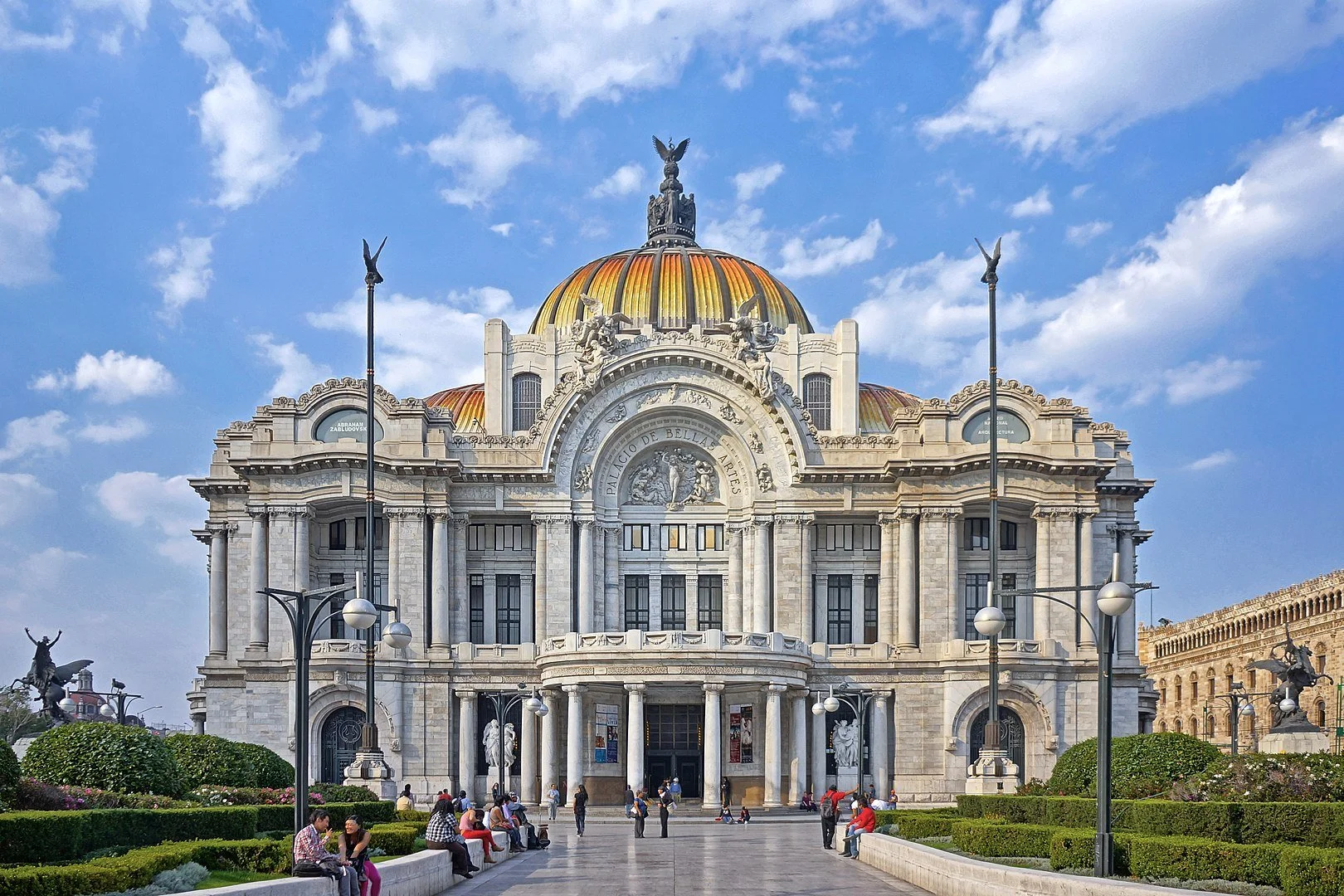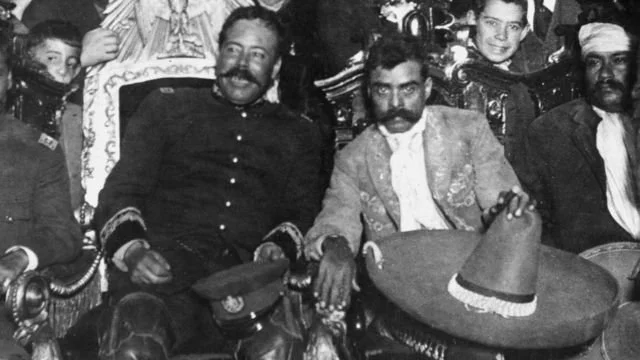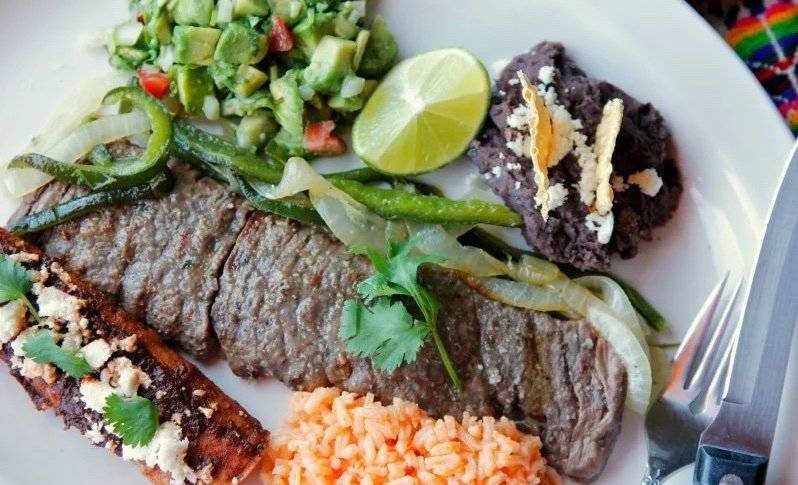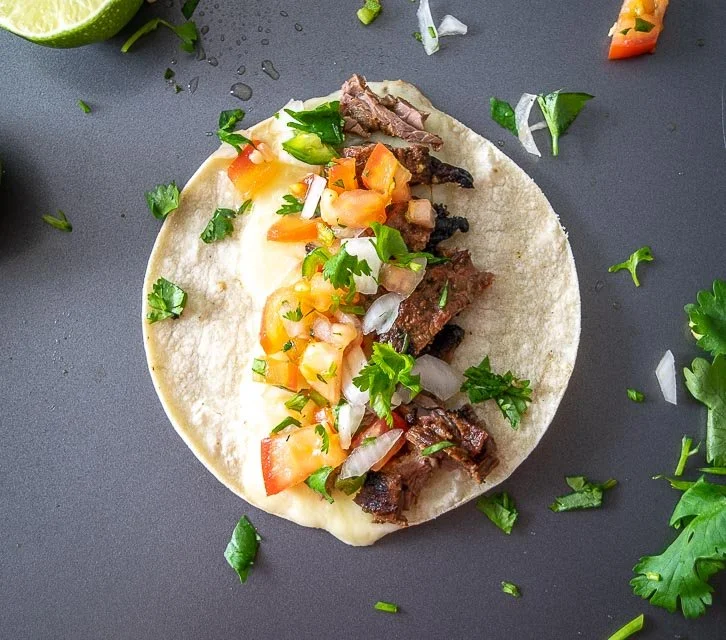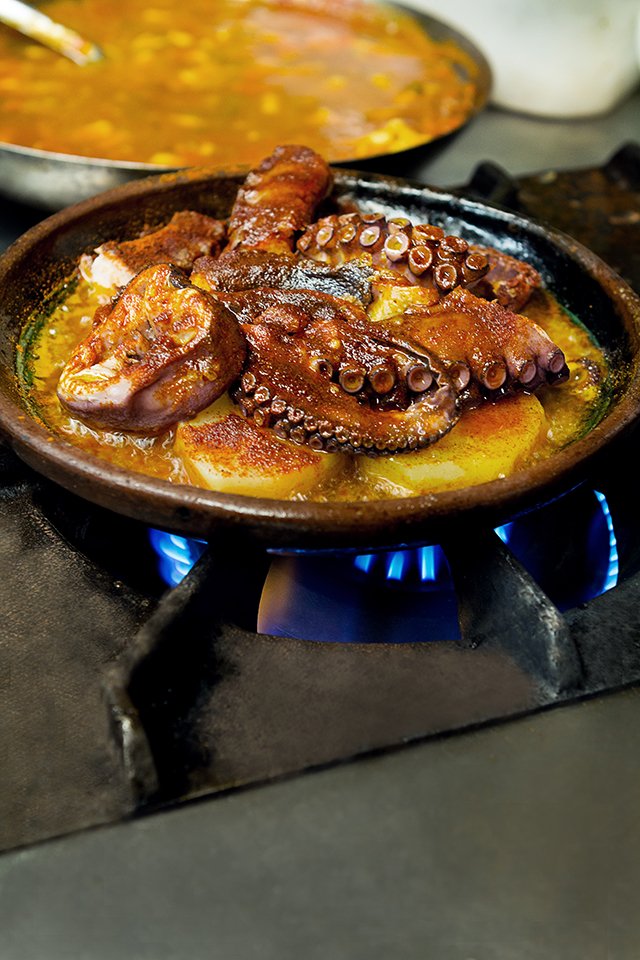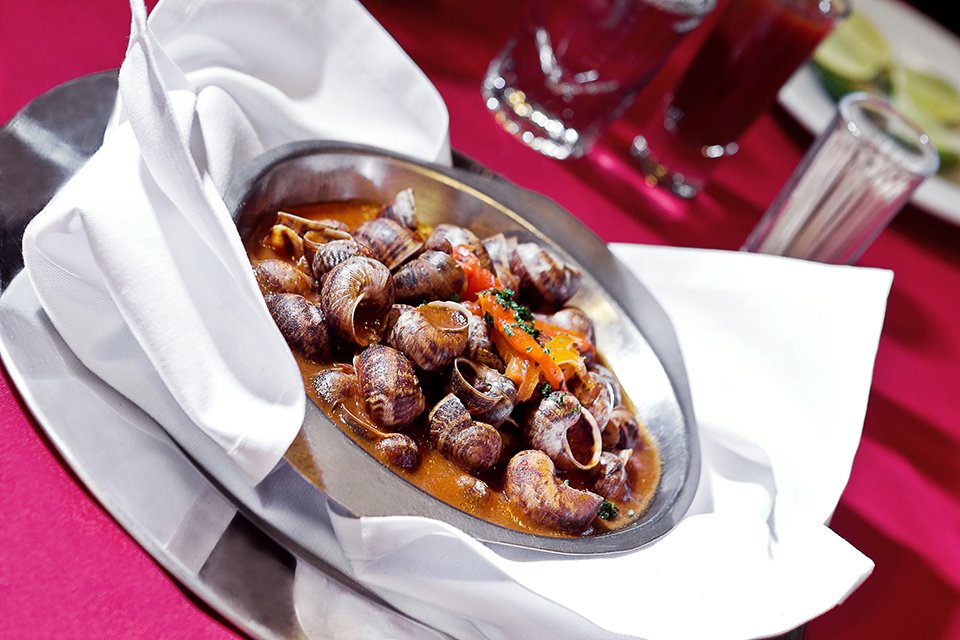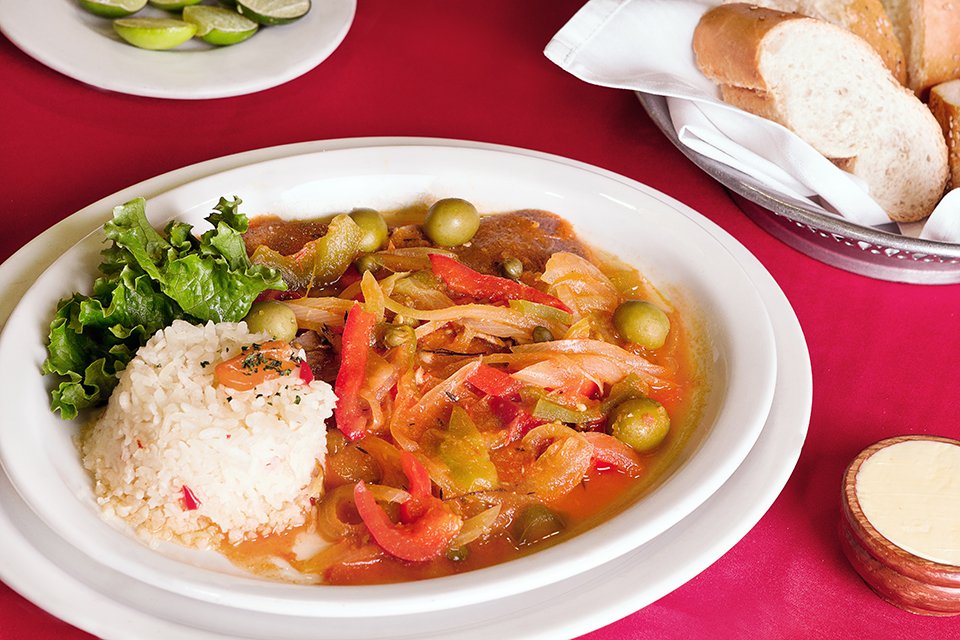Palacio de Bellas Artes - Bar La Opera
Palacio de Bellas Artes interior
“The Palacio de Bellas Artes (Palace of Fine Arts) is a prominent cultural center in Mexico City. It has hosted notable events in music, dance, theatre, opera and literature in Mexico and has held important exhibitions of painting, sculpture and photography. Consequently, the Palacio de Bellas Artes has been called the "Cathedral of Art in Mexico". The building is located on the western side of the historic center of Mexico City next to the Alameda Central park.
The first National Theater of Mexico was built in the late 19th century, but it was soon decided to tear this down in favor of a more opulent building in time for Centennial of the Mexican War of Independence in 1910. The initial design and construction was undertaken by Italian architect Adamo Boari in 1904, but complications arising from the soft subsoil and the political problem both before and during the Mexican Revolution, hindered then stopped construction completely by 1913. Construction began again in 1932 under Mexican architect Federico Mariscal and was completed in 1934. It was then inaugurated on November 29, 1934 and was the first art museum in Mexico dedicated to exhibiting artistic objects for contemplation.
Maria Callas
The exterior of the building is primarily Art Nouveau and Neoclassical and the interior is primarily Art Deco. The building is best known for its murals by Diego Rivera, Siqueiros and others, as well as the many exhibitions and theatrical performances it hosts, including the Ballet Folklórico de México.” - Wikipedia
In 1952, Maria Callas caused a furor in Palacio de Bellas Artes. She performed at the Palacio de Bellas Artes with the operas "Lucía" and "La Traviata". "In a word: María Callas in the role of Violeta, from "La Traviata", has reached perfection," wrote Esquivel, a Mexican baritone with an international career. “In 1952, Maria Callas triumphed in Fine Arts,” he wrote.
La Opera
Over 100 years old, the booths of La Opera, only 2 blocks from the opera house, have served as the meeting place of notable journalists, politicians, scoundrels, and authors. Gabriel Garcia Marquez once refused some fans an autograph on a napkin, left the bar, and returned an hour later with signed books for them. A faded newspaper clipping on the wall shows Carlos Monsivais, José Luis Cuevas, Fernando Benitez, and Carlos Fuentes seated around a table, deep in discussion.
Pancho Villa and Emiliano Zapata
It opened its doors in 1876 at the corner of San Juan de Letrán and Av. Juárez (today the Torre Latino). The owners were two French sisters with the surname Boulangeot; starting as a pastry shop for a very select society with resounding success. In 1895 the OPERA was installed on the corner of 5 de Mayo and Filomeno Mata; opening its doors as a canteen. Its most frequent clients were Don Porfirio Díaz and his wife Carmelita Romero Rubio José Ivés Limantour, Minister of Finance, distinguished politicians of the time, illustrious friends of Don Porfirio, and an entire society of the highest class.
The Revolution came and after having had a selective clientele, LA Opera was visited by those from less august backgrounds, Zapata's and then the untimely visit of General Francisco Villa, who, making his power felt, fired his pistol. A shot remains embedded in the ceiling.
When everything calmed down, LA OPERA once again had a distinguished clientele, such as Don Miguel Alemán and Adolfo López Mateos. Emilio Portes Gil Uruchurtu and from then on an immense list of people from politics, culture, the arts, etc. Carlos Fuentes. Carlos Monsivais, José Luis Cuevas, the great Mexican journalist Lic. Jacobo Zabludosky, Gabriel García Marquez, Octavio Paz, Sofía Basi, Diego Fernandez de Ceballos, and almost all the presidents of Mexico up to the present (he has visited us three times ), national and international artists all visited the bar.
Post-revolution, and after the infamous bullet shot into the ceiling by Pancho Villa – supposedly as a protest of the bourgeois ambiance of La Opera when Villa’s men came into town to liberate the masses – La Opera was converted into a cantina for several decades, where (mostly) men came to drink and play dominoes. In true cantina-style, there were endless plates of snacks that kept coming as long as you had a drink in your hand.
The elaborate wooden bar that greets you at the entrance to the restaurant is almost as old as the restaurant itself. It was brought from New Orleans in the1890s when the Cinco de Mayo location was opened. Glass-covered oil paintings inlaid in the backrests of booths came out of a Chicago-centered art movement in the early 1900s, when the artists signed their work with obscene images instead of their signatures.
While La Opera is not necessarily known as a culinary mecca, its menu satisfies a longing for classic cuisine served with style, and lists many traditional favorites in the lexicon of Mexican cooking – carne asada a la tampiqueña or arrachera on the grill.
MENU SPECIALTIES
Carne asada a la tampiqueña or arrachera on the grill
You won’t find craft cocktails at the bar, but you can order a no-fuss gin and tonic or rum and coke, along with a classic bandera – a shot of tequila, a shot of spicy tomato sangria and a shot of lime juice – to be sipped slowly and intermittently.
